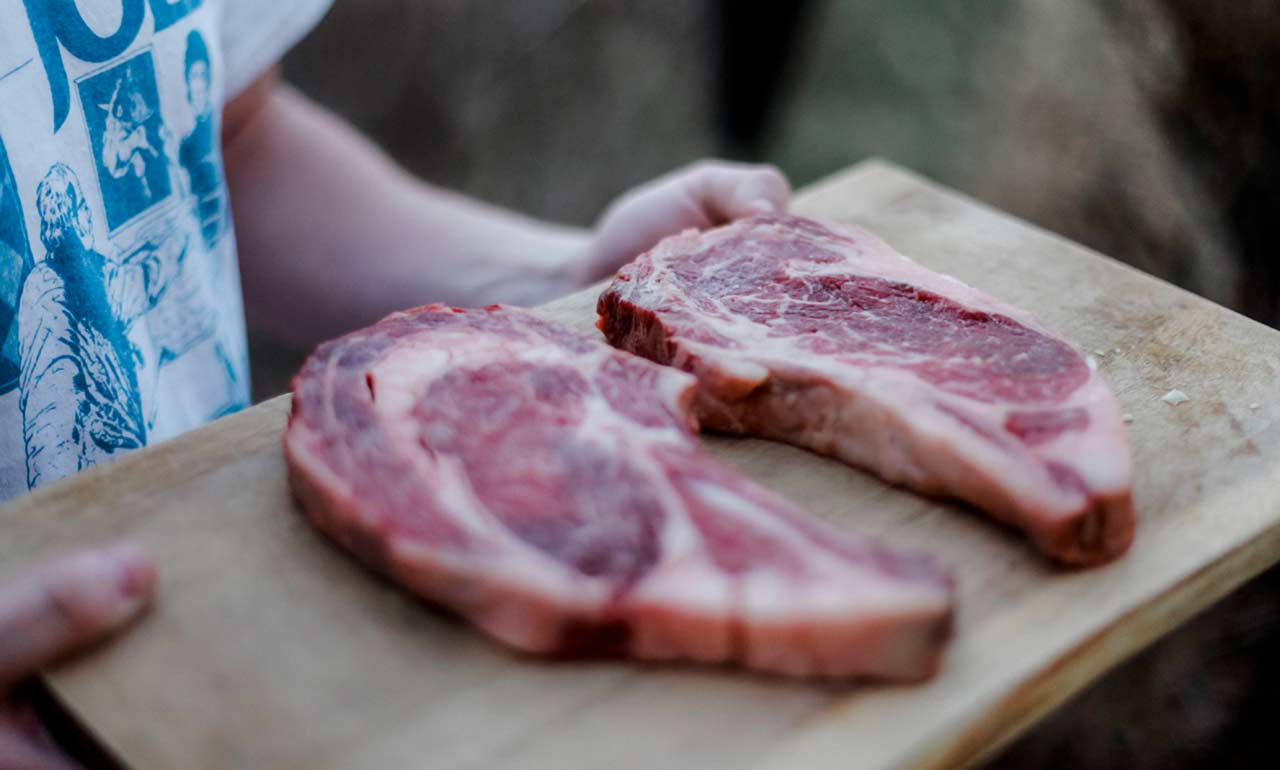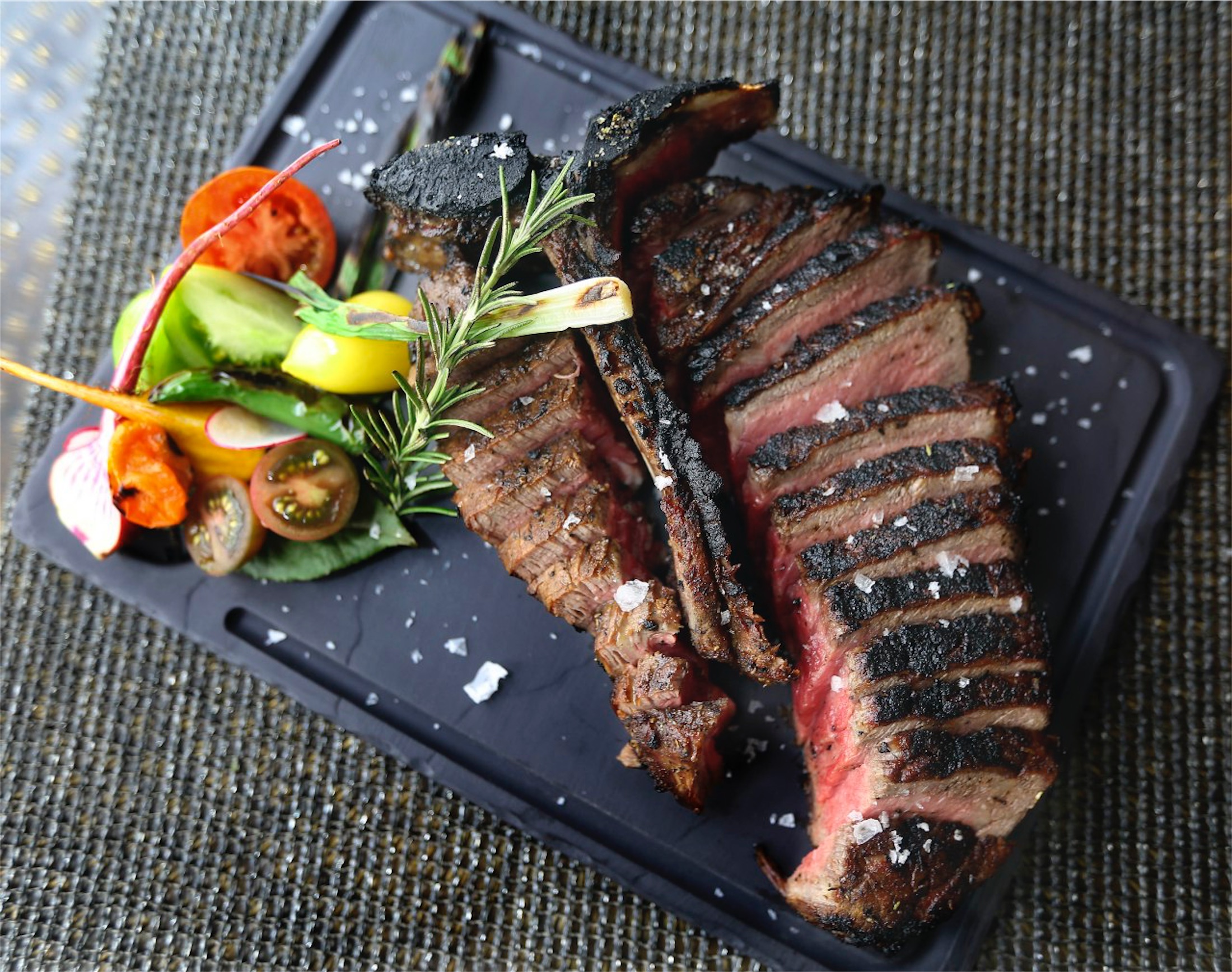Visit for the best meat selection at Bagley Meat Market Edwardsville IL near you.
Visit for the best meat selection at Bagley Meat Market Edwardsville IL near you.
Blog Article
Exactly How to Pick the Perfect Cut of Meat From a Trusted Meat Market
Selecting the perfect cut of meat from a trusted meat market calls for a thoughtful method that balances high quality, cooking purpose, and budget plan. Comprehending the different types of meat and their corresponding cuts is crucial, as is engaging with your butcher to get understandings right into sourcing and prep work.
Comprehending Meat Cuts


As an example, the tenderloin is treasured for its buttery structure and marginal connective cells, making it perfect for fast food preparation techniques such as grilling or pan-searing. In comparison, harder cuts like the brisket or shank gain from slow food preparation techniques to break down collagen, generating rich and flavorful results.
Additionally, the fat content of a cut plays an essential function in taste profile and dampness retention during cooking. Cuts with higher fat material, such as ribeye, offer an even more durable flavor, while leaner alternatives, like sirloin, may need mindful preparation to prevent dry skin (bagley meat market edwardsville il). Comprehending these subtleties allows for educated choices that raise culinary developments, making certain that each dish showcases the most effective top qualities of the selected meat
Aspects to Take Into Consideration
When picking the ideal cut of meat, numerous critical aspects come into play that can dramatically impact the last meal. Most importantly, take into consideration the kind of meat you want-- beef, pork, lamb, or poultry-- as each offers distinct tastes and structures. The specific cut within that group is just as crucial; as an example, ribeye delivers abundant marbling, while tenderloin offers a lean, buttery appearance.
One more aspect is the food preparation technique you prepare to use. Cuts ideal for grilling, such as T-bones or sirloins, vary from those far better fit for slow-moving food preparation, like chuck roasts or shanks. In addition, freshness is critical; constantly choose meat with a dynamic shade and firm appearance, indicating quality and proper handling.
Premium cuts may provide exceptional preference, however there are also economical alternatives that, when prepared appropriately, can produce delicious results. Balancing these aspects will help you pick the excellent cut for your cooking needs.
Questions to Ask Your Butcher
A butcher's know-how can be indispensable when selecting the optimal cut of meat for your cooking ventures. Start by making inquiries regarding the source of the meat.
Next, inquire about the various cuts offered for the kind of meat you favor. An educated butcher will describe the subtleties of each cut, helping you select one that matches your food preparation approach and wanted result. Don't wait to ask about the very best cooking strategies for a details cut; butchers frequently have suggestions that can boost your recipe.
It's likewise sensible to ask concerning the meat's quality. Ask about the distribution timetable and exactly how frequently the meat is restocked. This will provide you confidence in the quality of what you are purchasing. Finally, request for referrals based on your personal preference preferences. A good butcher will certainly aspire to share their know-how and recommend cuts that will certainly thrill your taste. Engaging your butcher with these questions can dramatically enhance your meat choice experience.
Acknowledging High Quality Meat

Texture is an additional vital element; top quality meat ought to really feel strong and slightly springy to the touch. Avoid any cuts that really feel slimy or excessively completely dry, as these can indicate spoilage or incorrect storage space. Additionally, odor plays an important role; fresh meat needs to have a clean, neutral fragrance, while any type check these guys out of off-putting or sour smells are red flags.
Last but not least, consider the resource. Purchasing from a reliable meat market, where the meat's beginning is recognized, can ensure higher high quality requirements. By concentrating on these indicators-- shade, marbling, appearance, smell, and source-- you can with confidence pick cuts that will boost your food preparation and dining experience.
Cooking Methods for Each Cut
Selecting the ideal food preparation approach is extremely important for optimizing the flavor and inflammation of each cut of meat. Various cuts possess special features that determine one of the most appropriate cooking methods.
For tender cuts, such as filet mignon or ribeye, dry heat approaches like cooking, broiling, or pan-searing are ideal. These strategies enhance the all-natural flavors while making certain a juicy, delicious texture. Alternatively, harder cuts, such as chuck or brisket, take advantage of wet heat techniques, including braising or slow cooking. These approaches assist damage down connective tissues, causing a tender, tasty dish.
Pork chops and chicken breasts are flexible and can be prepared utilizing both completely dry and wet methods. While grilling or roasting can yield delicious results, poaching or sautéing can keep moisture and inflammation. For lamb, methods like roasting or braising are suggested, as they enhance the meat's durable flavor.

Conclusion
In conclusion, choosing the optimal cut of meat from a reliable meat market requires a detailed understanding of meat cuts and consideration of various aspects, including resource, top quality, and food preparation their explanation techniques. Engaging with the butcher through targeted inquiries can produce important insights and suggestions tailored to specific culinary demands. Focusing on both high quality and budget plan will certainly enhance the overall gastronomic experience, making sure that the selected cut fulfills expectations in both taste and preparation.
Report this page